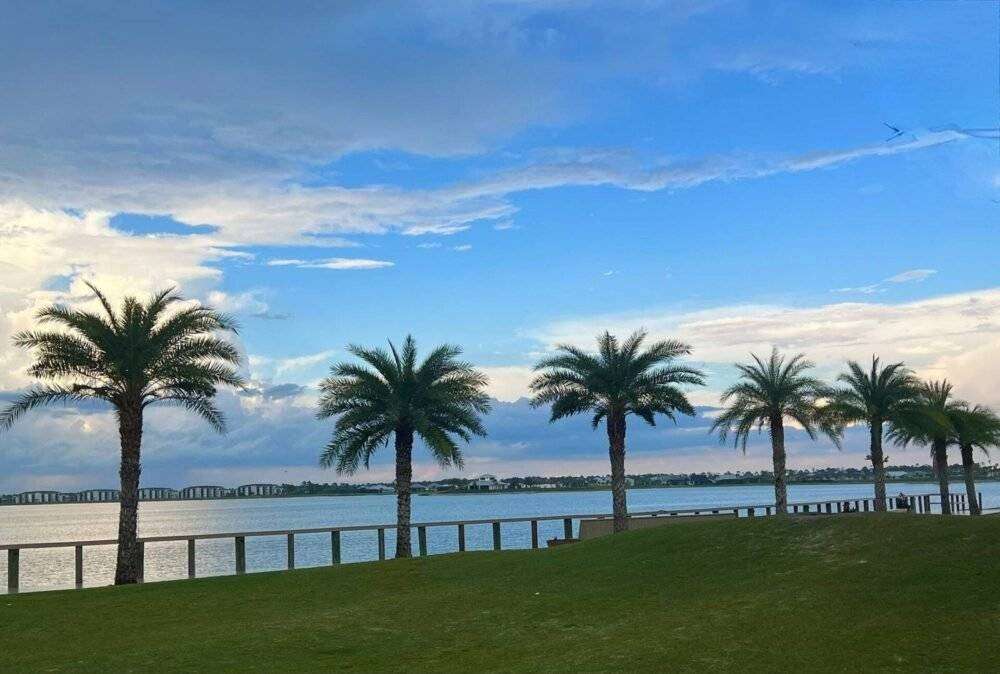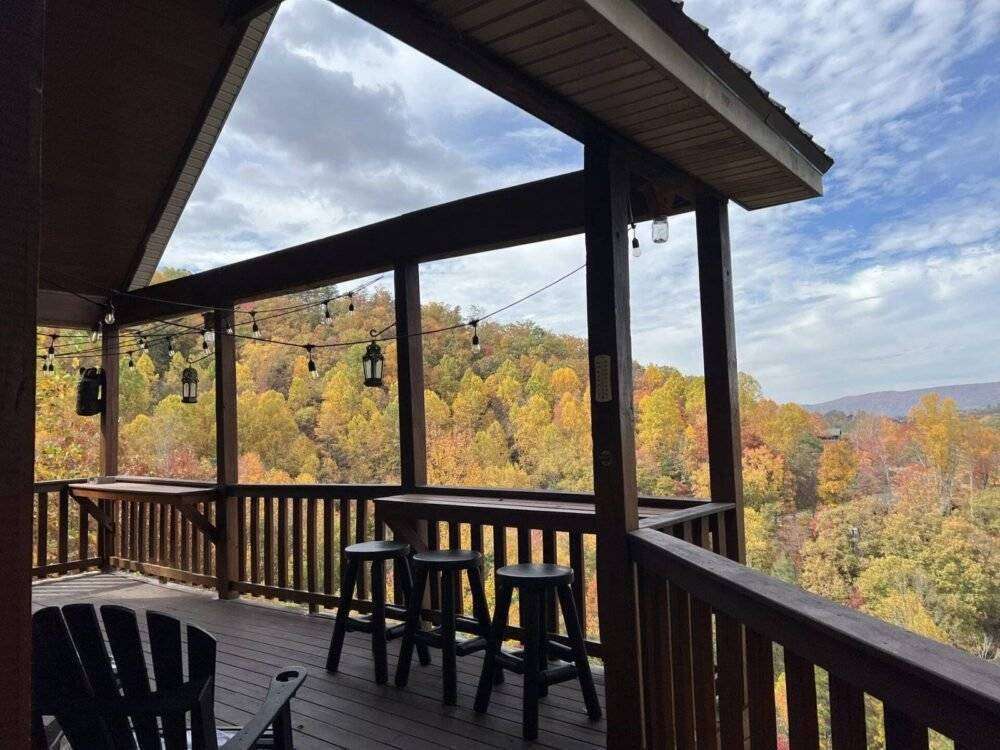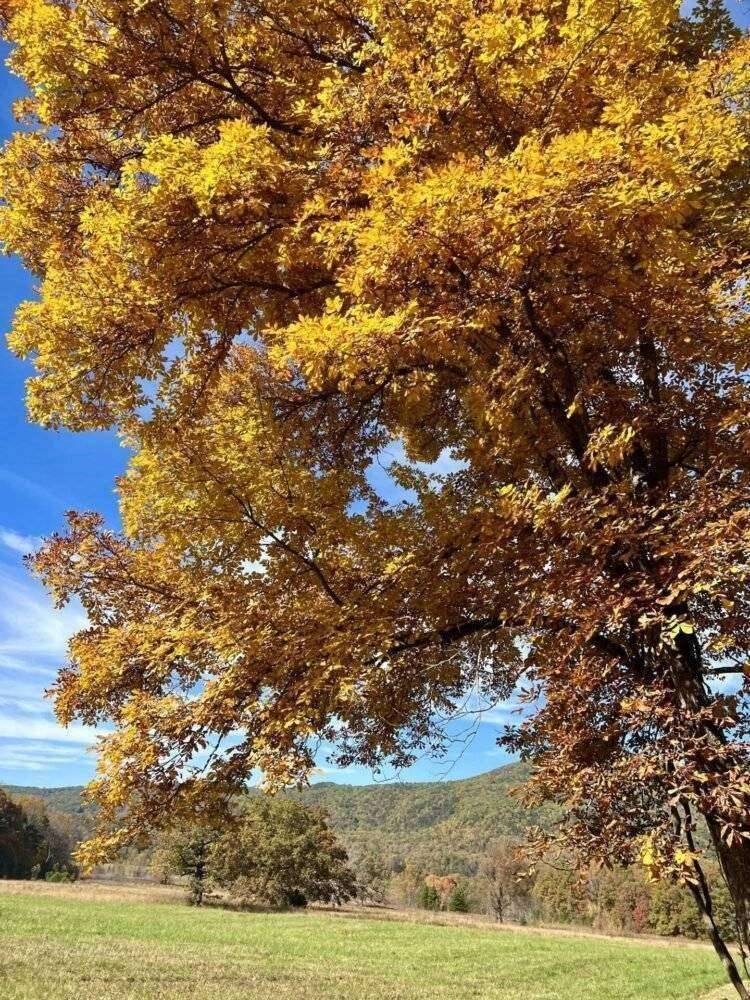The Kashmir Great Lakes Trek is a hiking expedition in the Kashmir region of India, featuring stunning landscapes and mountain lakes along its route. Embark on a journey through this adventurer’s haven and explore some of India’s breathtaking scenery!
Kashmir is widely known for its awe-inspiring beauty with snow-capped peaks, verdant meadows, dense forests, and pristine lakes that draw visitors from around the globe. Popular destinations like Dal Lake and Pir Panjal Range are magnets for travelers.
Trekking in Kashmir promises an experience that allows travelers to immerse themselves in its captivating splendor while uncovering hidden trails and valleys. It provides thrill seekers with an odyssey through wilderness, picturesque landscapes, and a thrilling sense of exploration at every step of their expedition.
Table of Contents
Kashmir Great Lakes Trek Route and Highlights
Overview of the trek route and itinerary:
The Kashmir Great Lakes Trek typically lasts 7 to 9 days and covers a distance of approximately 72 to 80 kilometers. It begins in the quaint village of Sonamarg and winds its way through pristine alpine meadows, dense forests, and rugged mountain terrain. Along the way, trekkers traverse high mountain passes, including Nichnai Pass, Gadsar Pass, and Zoji La Pass, each offering stunning panoramic views of the surrounding landscapes.
Description of each of the Great Lakes along the trekking route:
- Vishansar Lake: The first of the Great Lakes encountered on the trek, Vishansar Lake is renowned for its emerald-blue waters and stunning backdrop of snow-capped peaks.
- Krishansar Lake: Located near Vishansar Lake, Krishansar Lake enchants trekkers with its serene ambiance and pristine beauty.
- Gadsar Lake: Nestled amidst towering mountains and verdant meadows, Gadsar Lake is the largest and most picturesque of the Great Lakes, offering breathtaking views of its crystal-clear waters.
- Satsar Lakes: Comprising a series of seven interconnected lakes, Satsar Lakes captivate trekkers with their remote charm and tranquil surroundings.
- Gangabal Lake: The final jewel in the crown of the Great Lakes, Gangabal Lake is revered for its spiritual significance and awe-inspiring beauty and the majestic Mount Harmukh towering in the background.
Highlighting key landmarks and scenic spots along the way:
- Nichnai Pass: Situated at an elevation of approximately 13,500 feet, Nichnai Pass offers trekkers panoramic views of lush meadows and snow-clad peaks.
- Gadsar Pass: Crossing Gadsar Pass at an altitude of around 13,800 feet, trekkers are treated to breathtaking vistas of the surrounding valleys and lakes.
- Zoji La Pass: The highest point on the trek, Zoji La Pass, stands at an elevation of approximately 11,575 feet, providing trekkers with sweeping views of the rugged Himalayan landscape.
- Nundkol Lake: En route to Gangabal Lake, trekkers encounter the enchanting Nundkol Lake, nestled amidst verdant meadows and towering mountains.
The Kashmir Great Lakes Trek is not just a journey through stunning landscapes; it’s an immersive experience that leaves a lasting impression on all who embark on this unforgettable adventure.
Preparing for the Kashmir Great Lakes Trek
Necessary permits and permissions required for the trek:
- Inner Line Permit: Trekkers are required to obtain an Inner Line Permit (ILP) from the local authorities or tourism department before embarking on the Kashmir Great Lakes Trek. This permit is essential for non-residents and allows access to restricted areas along the trekking route.
- National Park Entry Fee: Since parts of the trek route pass through protected areas such as the Hemis National Park, trekkers may need to pay an entry fee. This fee contributes to the conservation and preservation of the region’s biodiversity.
Essential gear and equipment needed for the journey:
- Backpack: A sturdy and comfortable backpack with sufficient capacity to carry essential gear, clothing, and supplies for the duration of the trek.
- Trekking Shoes: High-quality trekking shoes with good ankle support and grip are essential for navigating rugged terrain and uneven trails.
- Clothing: Lightweight, moisture-wicking clothing suitable for layering, including trekking pants, thermal wear, fleece jackets, and waterproof outer layers make up but a few travel essentials.
- Camping Gear: Lightweight camping gear, including a tent, sleeping bag, sleeping pad, best travel pillow, and portable stove for overnight stays at designated campsites.
- Navigation Tools: Map, compass, GPS device, or smartphone with offline maps to navigate the trekking route and avoid getting lost.
- First Aid Kit: A well-stocked first aid kit containing essential supplies such as bandages, antiseptic ointment, pain relievers, and blister treatment.
- Water and Food: Sufficient water bottles or hydration reservoirs to stay hydrated throughout the trek, as well as lightweight, high-energy snacks and meals for sustenance.
Physical fitness and training tips for trekking in high-altitude terrain:
- Cardiovascular Exercise: Engage in regular cardiovascular exercises such as walking, jogging, cycling, or swimming to improve stamina and endurance.
- Strength Training: Incorporate strength training exercises such as squats, lunges, and core workouts to build muscle strength and stability, especially in the legs and core.
- Altitude Acclimatisation: Gradually acclimate to high-altitude conditions by spending time at moderate elevations before the trek. During the trek, ascend gradually and allow time for rest and acclimatization at higher altitudes.
- Hydration and Nutrition: Stay well-hydrated and maintain a balanced diet rich in carbohydrates, proteins, and healthy fats to fuel your body for the physical demands of trekking.
- Mental Preparation: Mentally prepare yourself for the challenges of trekking in high-altitude terrain, including unpredictable weather conditions, rugged terrain, and long hours of hiking. Stay positive, focused, and resilient in the face of obstacles and setbacks.
Experiencing the Kashmir Great Lakes Trek Journey
Day-by-day breakdown of the trekking experience:
Day 1: Sonamarg to Nichnai
- Begin the trek from Sonamarg, passing through lush meadows and dense forests.
- Ascend gradually to Nichnai, crossing the Nichnai Pass and enjoying panoramic views of the surrounding mountains.
Day 2: Nichnai to Vishansar Lake
- Trek through alpine meadows and rocky terrain, ascending to Vishansar Lake.
- Camp beside the pristine waters of Vishansar Lake, surrounded by towering peaks and breathtaking vistas.
Day 3: Vishansar Lake to Gadsar Lake via Krishansar Lake
- Trek to Krishansar Lake, marveling at its azure waters and scenic beauty.
- Continue to Gadsar Lake, passing through meadows and rocky slopes dotted with wildflowers.
Day 4: Gadsar Lake to Satsar Lakes
- Traverse rocky terrain and steep ascents, reaching the Satsar Lakes.
- Explore the series of interconnected lakes, each offering its unique charm and tranquillity.
Day 5: Satsar Lakes to Gangabal Lake via Gadsar Pass
- Ascend to Gadsar Pass, enjoying breathtaking views of the surrounding peaks and valleys.
- Descend to Gangabal Lake, a sacred water body surrounded by towering mountains and lush meadows.
Day 6: Gangabal Lake to Naranag
- Descend from Gangabal Lake to Naranag, passing through picturesque meadows and forests.
- Conclude the trek at Naranag, reflecting on the unforgettable experiences and memories created along the journey.
Description of the challenges and rewards encountered during the trek:
The Kashmir Great Lakes Trek presents trekkers with a range of challenges and rewards throughout the journey. Challenges include navigating rugged terrain, crossing high mountain passes, and acclimatizing to varying altitudes. However, the rewards are plentiful, including stunning vistas of snow-capped peaks, pristine alpine lakes, and vibrant meadows. The sense of accomplishment upon reaching each milestone and the camaraderie forged with fellow trekkers are invaluable rewards that make the journey truly memorable.
Personal anecdotes and experiences shared by trekkers:
- A trekker recounts the exhilarating feeling of summiting Gadsar Pass, surrounded by breathtaking views of the surrounding Himalayan peaks.
- Another shares the joy of camping beside Vishansar Lake under a blanket of stars and waking up to the serene beauty of the tranquil waters.
- A group of trekkers reflects on the bonds formed and friendships forged during the trek as they navigated challenging terrain and shared unforgettable experiences.
These personal anecdotes and experiences serve to illustrate the profound impact that the Kashmir Great Lakes Trek has on trekkers, both physically and emotionally. Each moment of the journey is imbued with a sense of adventure, wonder, and camaraderie that leaves a lasting impression on all who embark on this epic trek.
Immersing in Nature and Culture along the Kashmir Great Lakes Trek
Appreciating the diverse flora and fauna of the Kashmir region:
- Flora: The Kashmir region is home to a rich diversity of flora, including alpine meadows, coniferous forests, and blooming wildflowers. Trekkers can marvel at the vibrant colors of rhododendrons, primroses, and gentians carpeting the landscape during the summer months.
- Fauna: The region is also teeming with wildlife, with sightings of Himalayan brown bears, snow leopards, musk deer, and various species of birds such as the Himalayan Monal and Golden Eagle. Trekkers may also encounter herds of sheep and goats grazing in the high-altitude pastures.
Interaction with local communities and experiencing Kashmiri culture:
- Village Life: Along the trekking route, trekkers have the opportunity to interact with local villagers and gain insights into their traditional way of life. From farming and animal husbandry to handicrafts and hospitality, villagers offer a glimpse into the rich cultural heritage of the region.
- Warm Hospitality: Kashmiri people are known for their warm hospitality and generosity towards guests. Trekkers may be invited into local homes for tea or a traditional meal, where they can savor delicious Kashmiri cuisine and learn about the region’s culinary traditions.
- Cultural Experiences: Cultural performances, such as folk music and dance, are often organized for trekkers, providing a lively and entertaining glimpse into Kashmiri culture. Additionally, visits to local markets, mosques, and historical landmarks offer further opportunities to immerse oneself in Kashmir’s vibrant cultural tapestry.
Insights into the history and significance of the region:
- Historical Landmarks: The Kashmir region is steeped in history, with numerous historical landmarks and archaeological sites dating back centuries. Trekkers may visit ancient temples, forts, and ruins, each offering insights into the region’s rich cultural and religious heritage.
- Spiritual Significance: Many places along the trek route hold spiritual significance for the local population, with sacred shrines and pilgrimage sites dotting the landscape. Trekkers can learn about the religious beliefs and practices of the region’s inhabitants and gain a deeper understanding of the spiritual dimensions of Kashmiri culture.
- Socio-Political Context: Kashmir has been the subject of socio-political tensions and conflicts over the years, shaping its history and identity. Trekkers may engage in discussions with local guides or residents to gain perspectives on the region’s complex socio-political dynamics and the aspirations of its people.
Conclusion: The Kashmir Great Lakes Trek
A transformative experience can be had by taking the Great Lakes Trek in Kashmir, which combines stunning natural beauty, cultural richness, and personal growth. What is important is not just moving through magnificent landscapes but losing oneself in the Himalayas’ majestic splendor that touches one’s soul. As we look back on what has been overcome and what memories were made, we realize how deeply nature affects our spirits. I invite anyone excited about this trip to Kashmir for their own adventure, where they will find nature’s charm waiting to be explored by them.
Let the mountains allure you, and Kashmiri hospitality warm you as you bravely face the unknown filled with curiosity. Every step that one takes in the wilderness offers an opportunity for wonder, growth, and connection. We wave goodbye to this expedition, carrying within us a spirit of adventure, shared memories, and life lessons as we say goodbye to each other, let us keep this spirit alive.
Till then, when we meet again on Kashmir trails, let your hearts be filled with nature’s beauty and the emergence of new beginnings. And no matter where you go, always remember to Travel Till You Drop!
Author Bio
Jill Charpia
Jill Charpia, founder of Travel Till You Drop and creator of inspiration. A full-time Wanderluster, lover of oddities, the weird, and the dark. Traveled to over 70+ countries and counting; Now dedicated to sharing her travels around the world in hopes of inspiring hearts and open minds. want to know more? Click here to learn more About me.
Find me on – Instagram | Facebook | TikTok





